The best low-light cameras: capture dark scenes with detail!
The best low-light camera will enable you to take high-quality pictures even when its dark thanks to a full-frame sensor

The best low-light cameras allow you to capture clean, crisp and atmospheric night-time shots. With broad dynamic range and impressive high-ISO performance, these are the cameras that will control image noise to render poorly lit scenes with impressive clarity.
This list includes cameras and phones that have particularly impressed our reviewers for their capability in low light. I've included some of the best mirrorless cameras, best DSLRs and best compact cameras, as well as a couple of the best camera phones, aiming to give you a broad suite of options.
For more on what makes for a good low-light camera, as well as some detail regarding DCW's testing process, you can scroll to the bottom of this page. I've made sure to include options for different budgets, so there are cheaper cameras on this list as well as the top-end models.

Jon is one of our go-to specialists when it comes to all aspects of photography, from cameras and action cameras to lenses and memory cards. Here, he has worked with our review team to put together this up-to-date list of the best cameras for music videos.
Best low-light cameras: our top picks
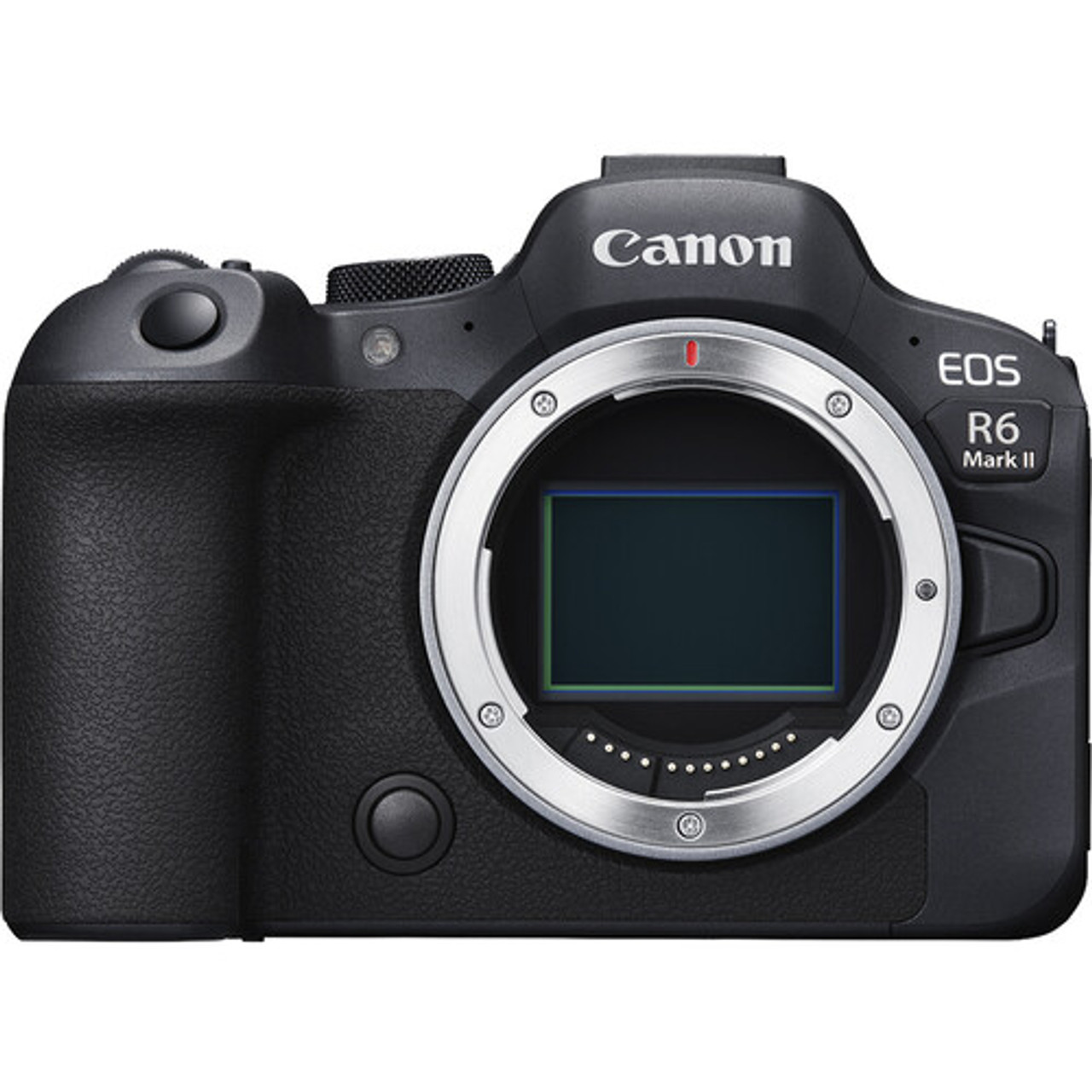
This versatile full-frame mirrorless camera is adept at a range of shooting scenarios but has a number of key features that make it particularly good at low-light shooting.
Read more below...

With fantastic dynamic range and smooth image processing, even in darker environments, it delivers superb image quality.
Read more below...
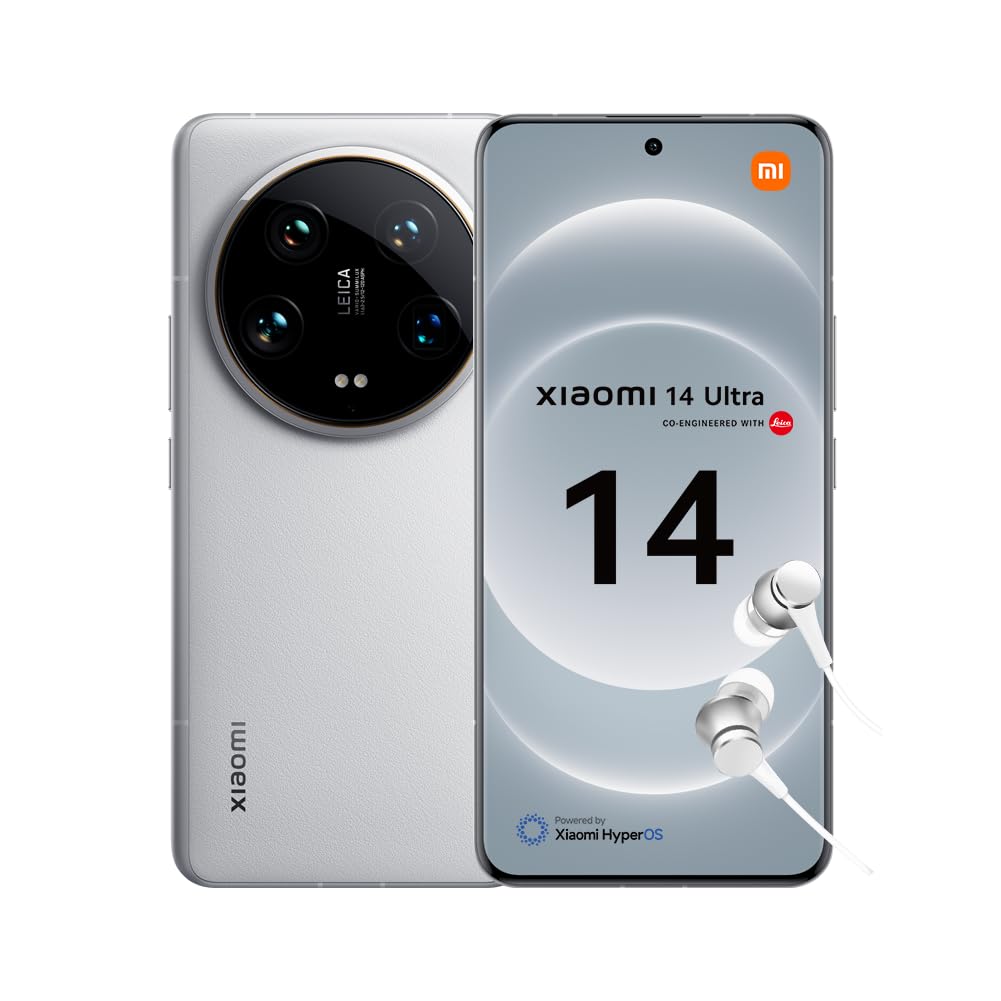
With a 1-inch sensor, Xiaomi's phone tears strips off the competition for low-light photos and videos. It also boasts Leica-made optics for outstanding image clarity and quality.
Read more below...

The Panasonic Lumix G9 II is the latest Micro Four Thirds camera from Panasonic and uses a newly designed sensor with better low-light capabilities.
Read more below...
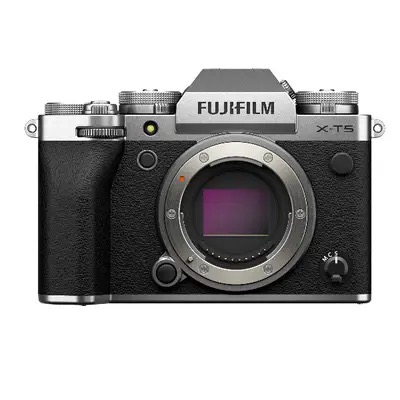
The Fujifilm X-T5 has a brand new sensor from Fujifilm that is better than ever at handling low light photography at higher ISOs.
Read more below...
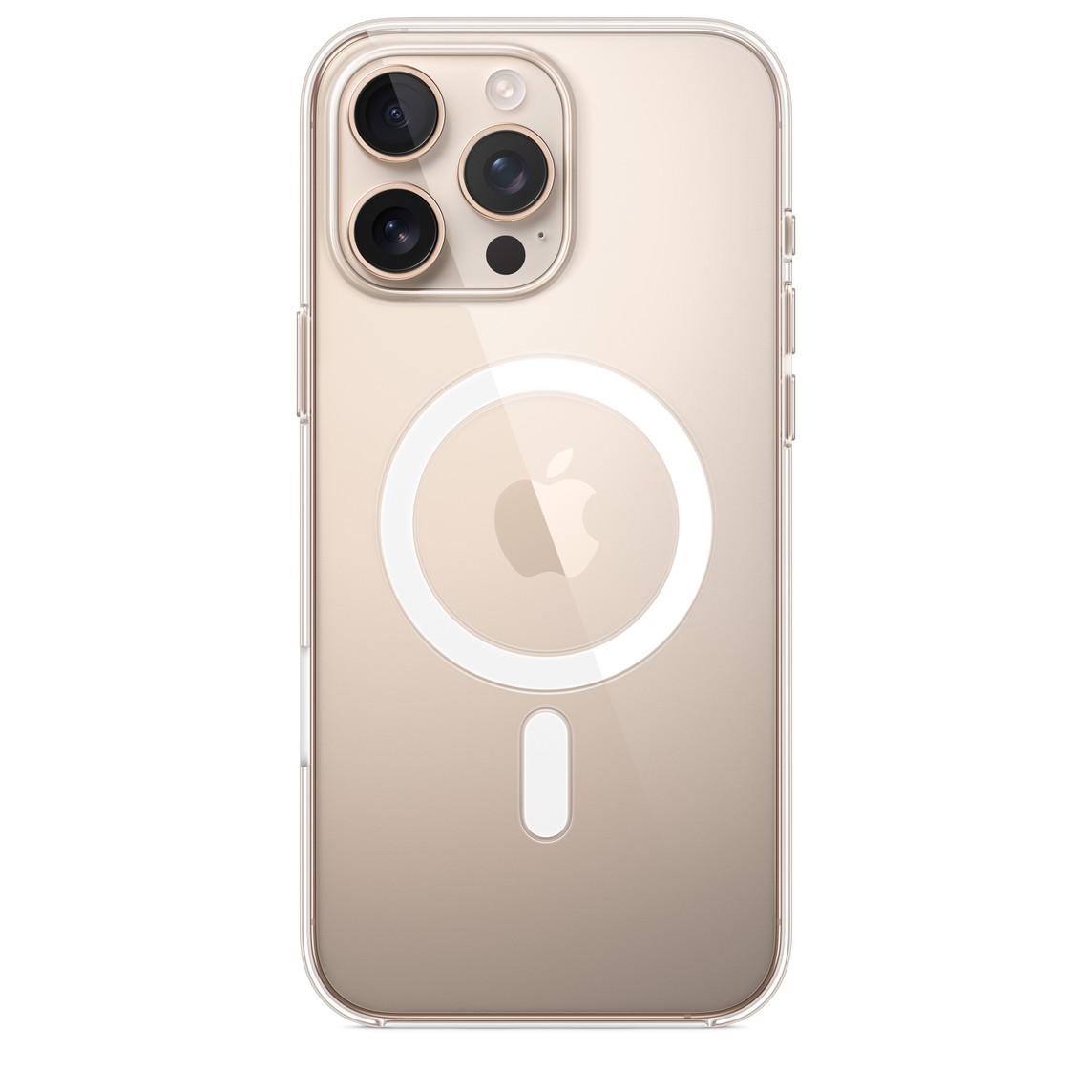
The latest version of the biggest iPhone variant is your best bet for low-light photography on an Apple smartphone.
Read more below...
Load the next products ↴
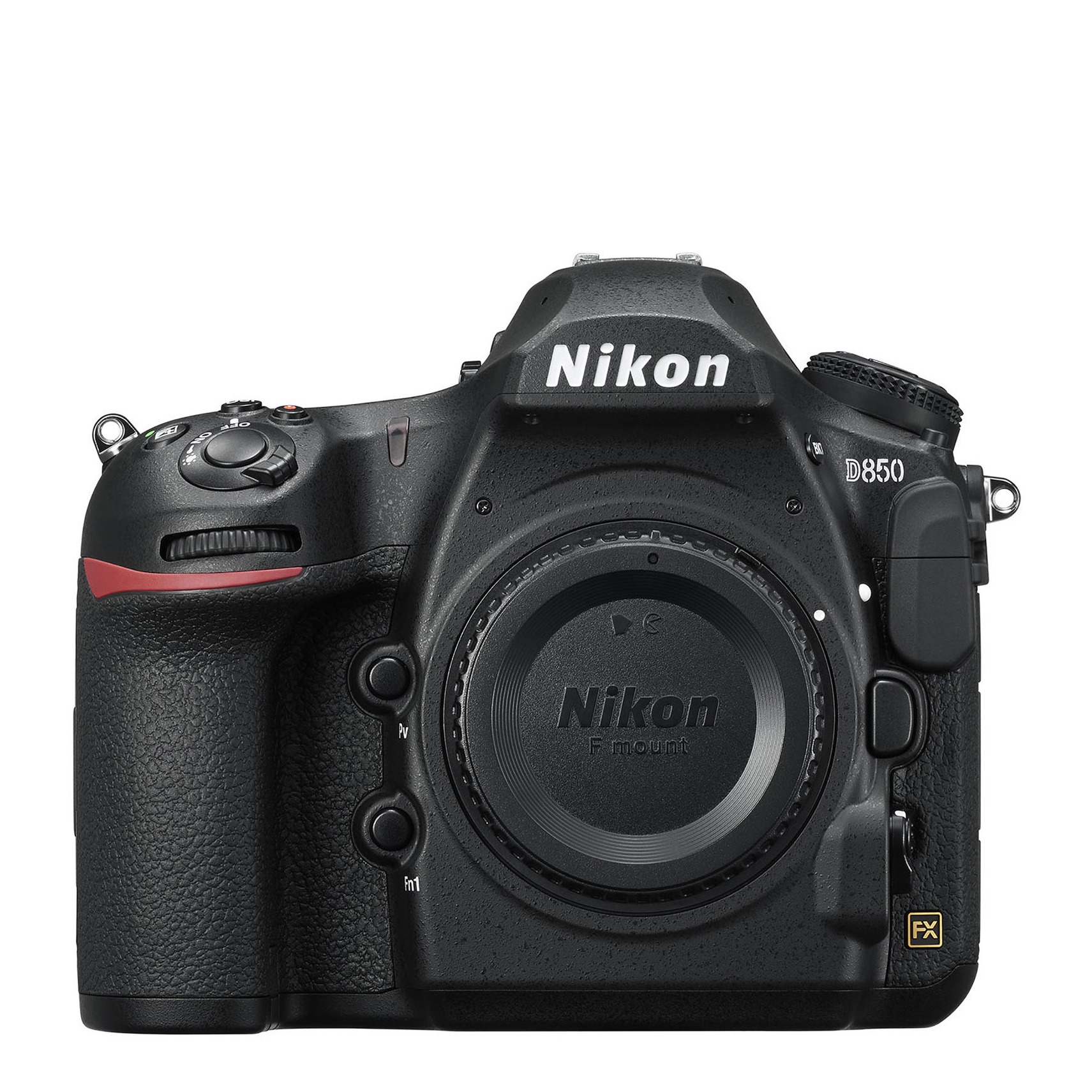
There's still a lot to be said for the good old DSLR, and the Nikon D850 delivers reliably brilliant low-light performance in a range of situations.
Read more below...
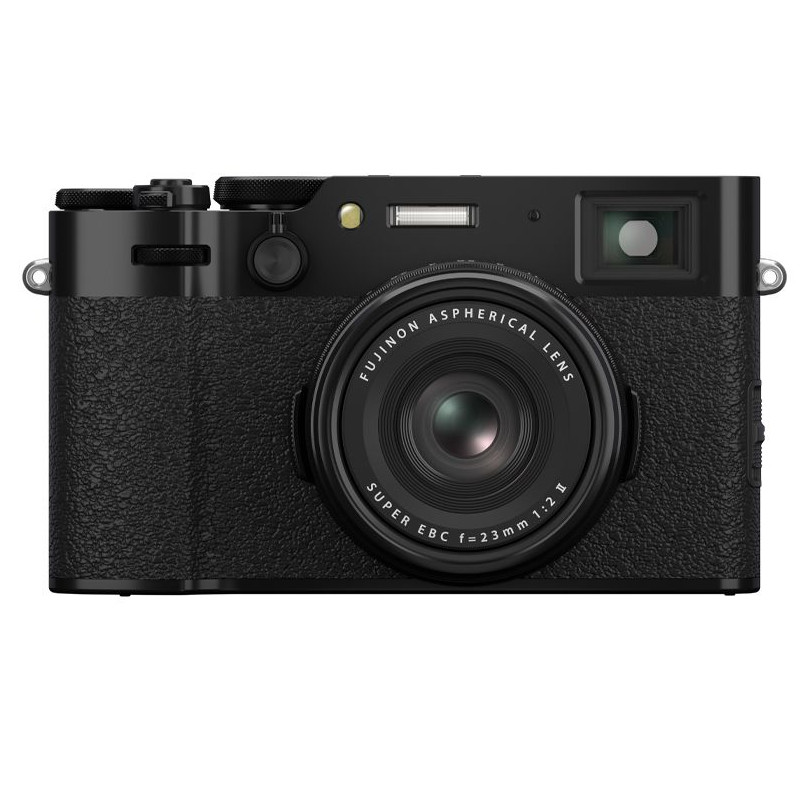
Though it's hard to get hold of thanks to high demand, Fujifilm's X100VI is a superb compact for low-light street and travel shooting.
Read more below...
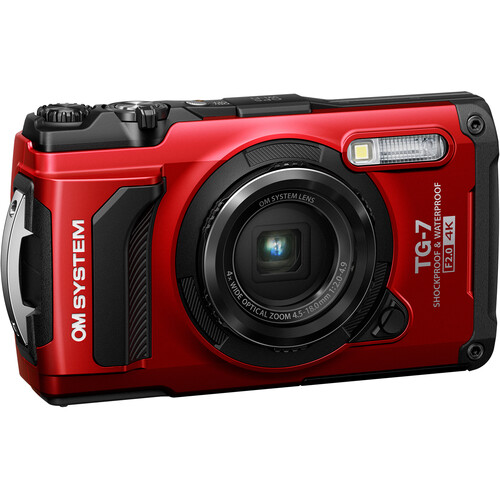
The ultra-tough TG-7 is your best bet for low-light photography in challenging conditions, whether you're underwater, buried in snow or in extreme heat.
Read more below...
The best low-light cameras
Why you can trust Digital Camera World
Best all-round low light camera
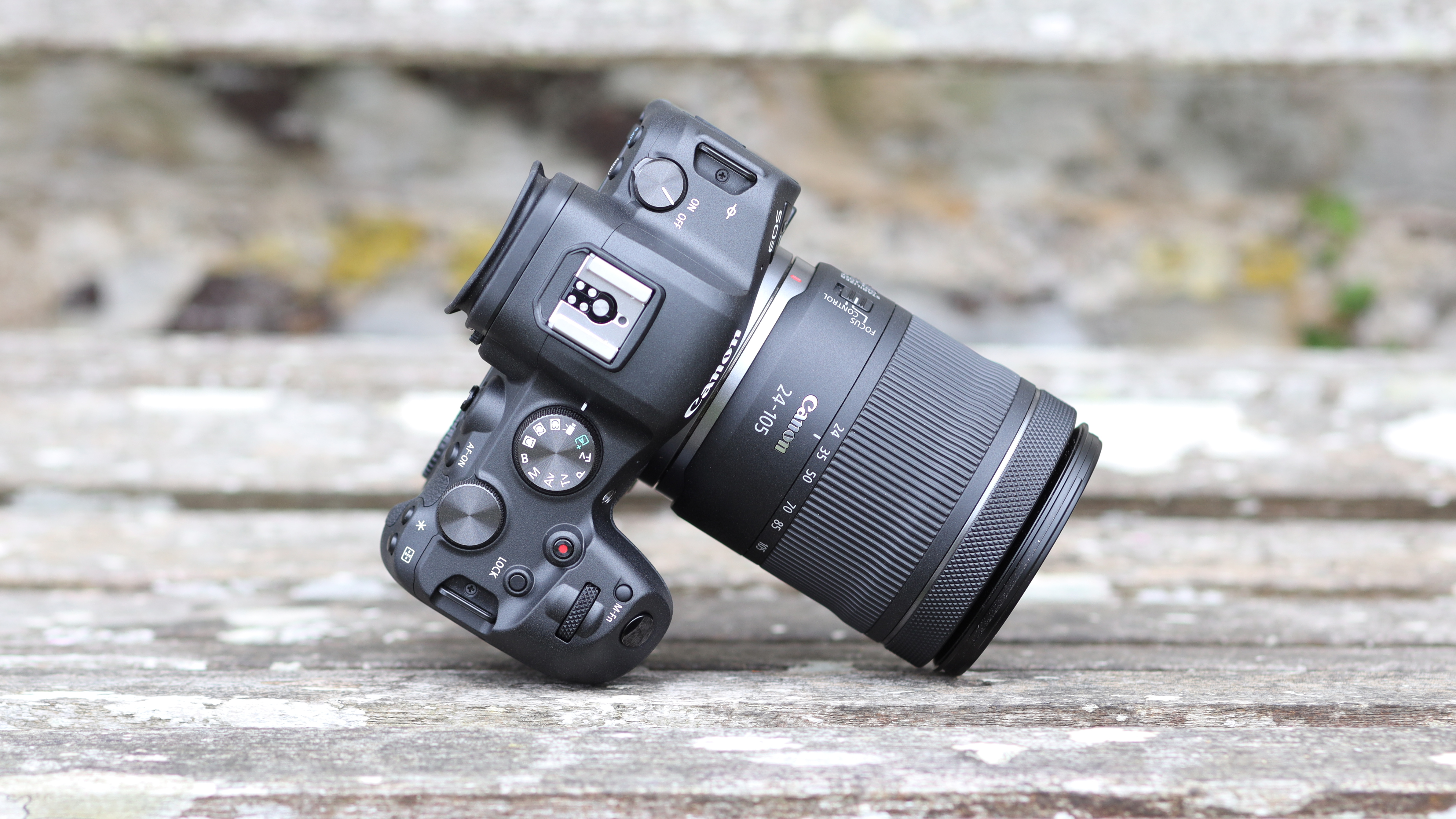
Specifications
Reasons to buy
Reasons to avoid
The Canon EOS R6 Mark II presents itself as a versatile camera, concealing its surprisingly powerful capabilities behind its modest facade. Historically, opting for a mid-range camera like the EOS R6 or its forerunner, the EOS 6D Mark II, often entailed compromising certain aspects. While these cameras consistently performed well, they didn't necessarily lead in any particular category.
With the EOS R6 Mark II, Canon has shifted expectations. This unassuming camera delivers a range of features, including the ability to record 6K videos and capture 24.2MP stills at an impressive 40 frames per second.
Distinguished as a true hybrid, the EOS R6 Mark II accommodates both photography and videography. Adjustments to physical controls and the menu system aim to facilitate a seamless transition between these two mediums. Canon has aimed to provide a well-rounded experience.
Read more: Canon EOS R6 Mark II review
Best low light camera for filmmakers
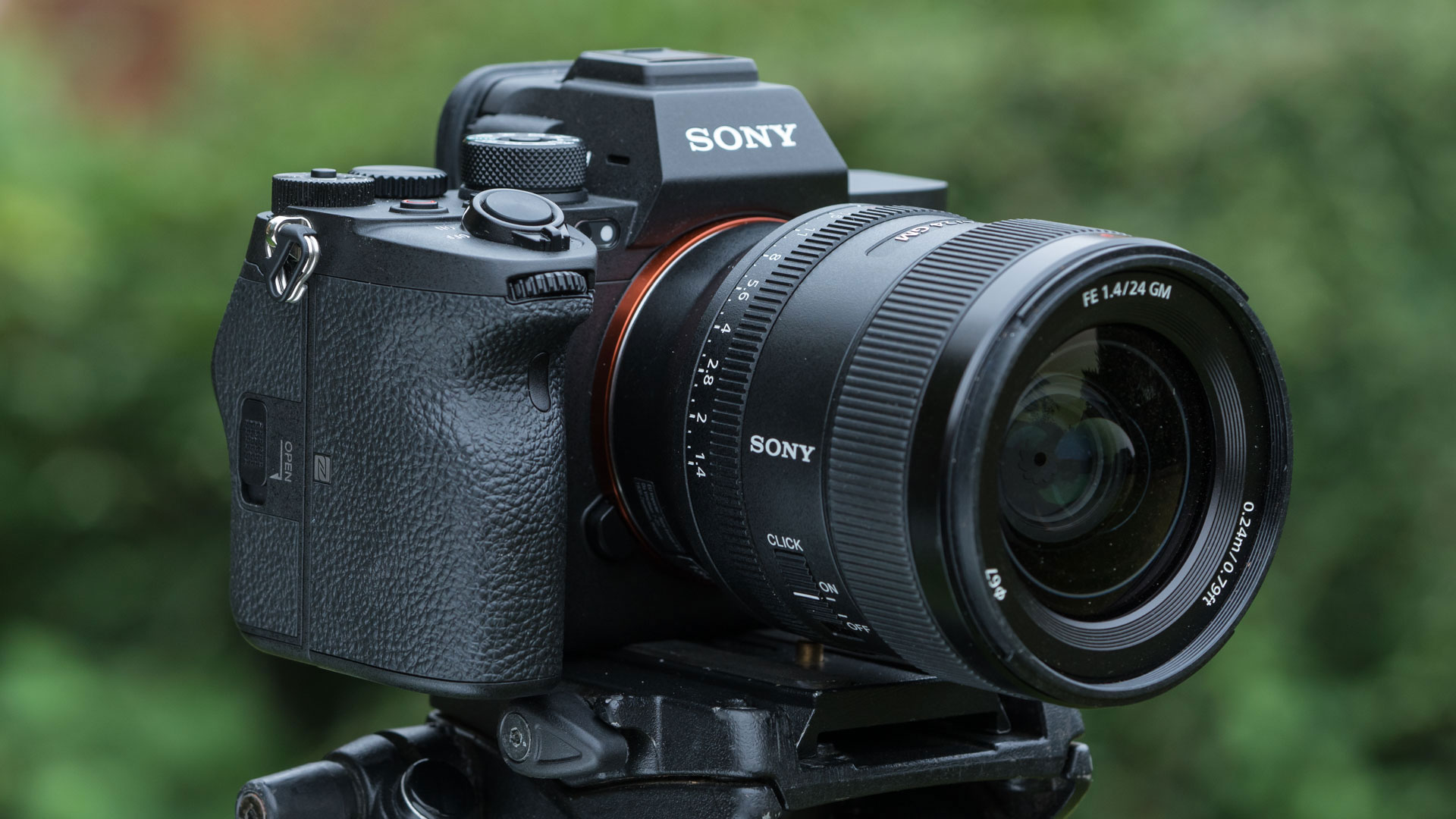
Specifications
Reasons to buy
Reasons to avoid
The Sony A7S III is a full-frame camera with a focus on video capabilities, particularly in low-light settings. It boasts excellent dynamic range and smooth image processing, ensuring impressive image quality even in darker environments. The camera features a 12MP backside-illuminated sensor, which, while relatively low in pixel count for a full-frame camera, contributes to its exceptional performance in low-light conditions.
The autofocus is both fast and precise, and the image stabilization is of high quality, allowing for handheld shooting in various situations. Additionally, users have a wide selection of lenses to choose from. The camera offers several notable video features, including uncropped 4K video, 16-bit raw recording, and a high-resolution viewfinder. These attributes make it a compelling choice for those who enjoy capturing video in challenging lighting conditions.
However, it's worth noting that while the Sony A7S III excels in low-light and video scenarios, it may have limitations for individuals who also engage in other types of photography.
Read more: Sony A7S III review
Best phone for low light
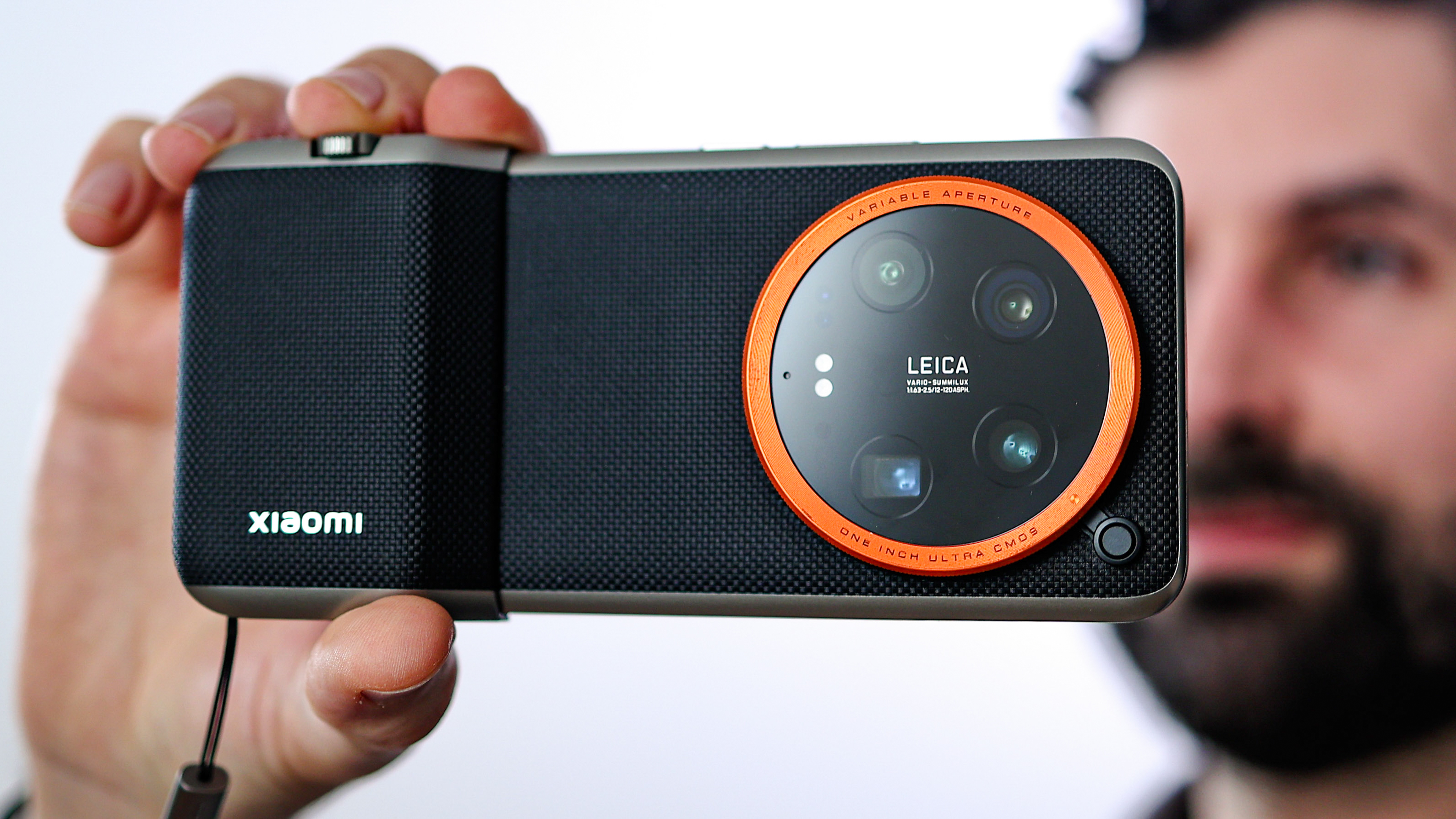
Specifications
Reasons to buy
Reasons to avoid
You could certainly make the case that the Xiaomi 14 Ultra not so much a smartphone as it is a camera with the ability to make calls. Sure, the ergonomics aren't quite as nice as a proper camera with physical buttons and a handgrip, but the Sony-made 1-inch sensor inside puts this smartphone on a par with compact cameras like the Sony ZV-1 or the Panasonic Lumix TZ200.
This sensor size – significantly larger than you'll find on flagship smartphones from the likes of Google, Apple or Samsung – pretty much instantly leapfrogs the Xiaomi 14 Ultra ahead of its competition. It's not the only smartphone to sport a sensor in this size, as Vivo also offers a few, but the Xiaomi-made phone is much easier to get hold of across the western world.
In our review, we found the image quality delivered by the Xiaomi 14 Ultra to be superb, even once the light got low. The main camera uses a Leica Summilux lens, and Leica's fingerprints are all over the image processing. The consistent resolution of 50MP across the four lenses helps keep the look consistent as you switch between cameras.
At night-time, we were consistently able to capture low-noise results. If you're used to photo processing from the likes of Samsung, it might look underexposed at first, but that's a product of the fact that the shadows haven't been overly boosted.
Read more: Xiaomi 14 Ultra review
Best Micro Four Thirds for low light
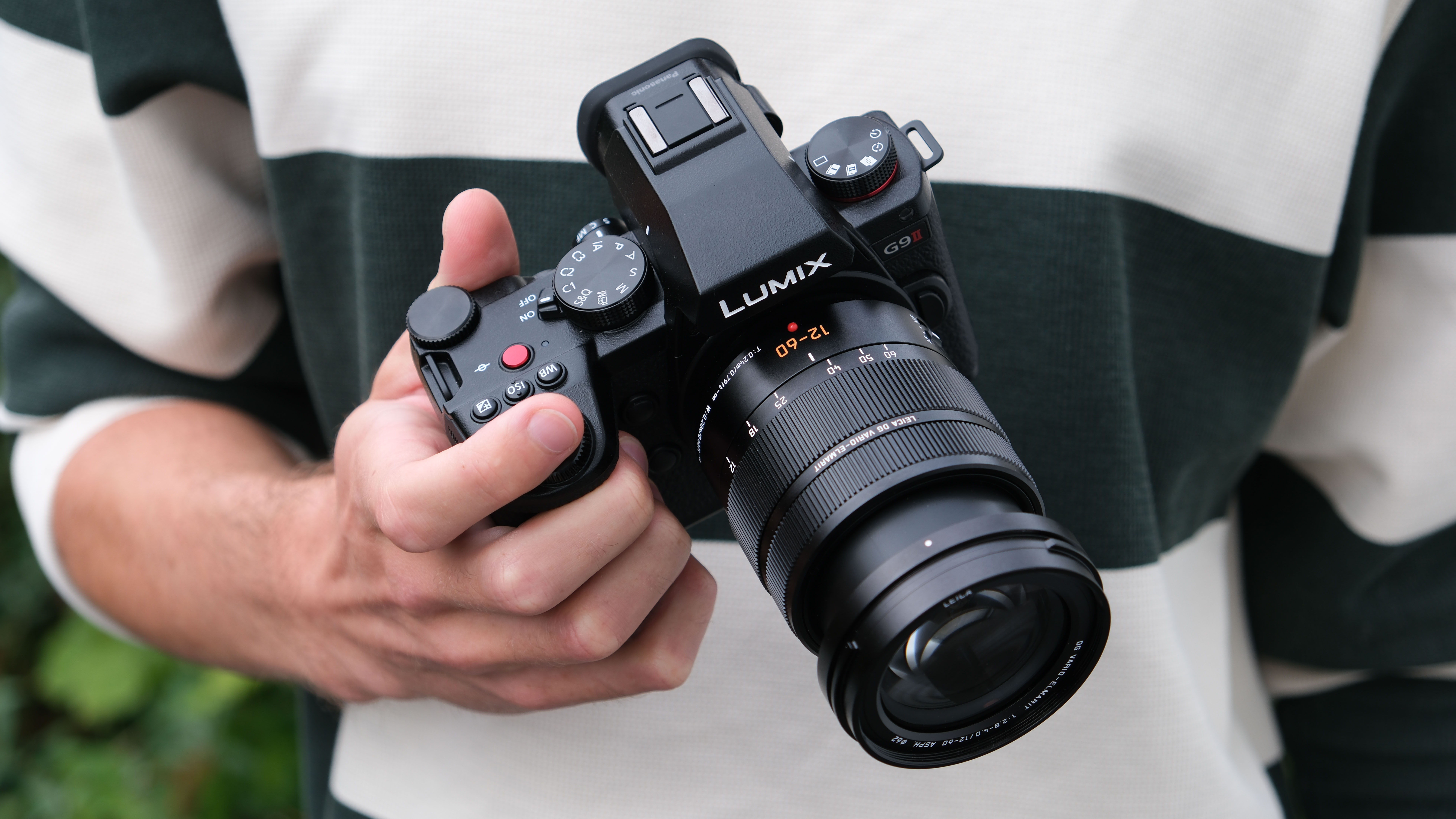
Specifications
Reasons to buy
Reasons to avoid
The Panasonic Lumix G9 II provides a versatile camera experience, offering a comprehensive set of features suitable for both photographers and videographers.
Panasonic is perhaps more recognized for video enthusiasts, and the G9 II reinforces this reputation with its impressive stills capabilities. The in-body image stabilization and enhanced autofocus system contribute to the exceptional quality and is one of the best (if not the best) stabilization systems I have used in a camera.
This helps a lot with low light photography as the excellent stabilization allows you to shoot at even lower shutter speeds to cut out any shake from you moving the camera. Although unfortunately, this cannot help with the movement of your subjects.
The Panasonic G9 II is a commendable successor to the original model. It underscores Panasonic's commitment to the MFT mount and provides compelling reasons for users to consider this camera for their needs.
Read more: Panasonic Lumic G9 II review
Best APS-C camera for low light
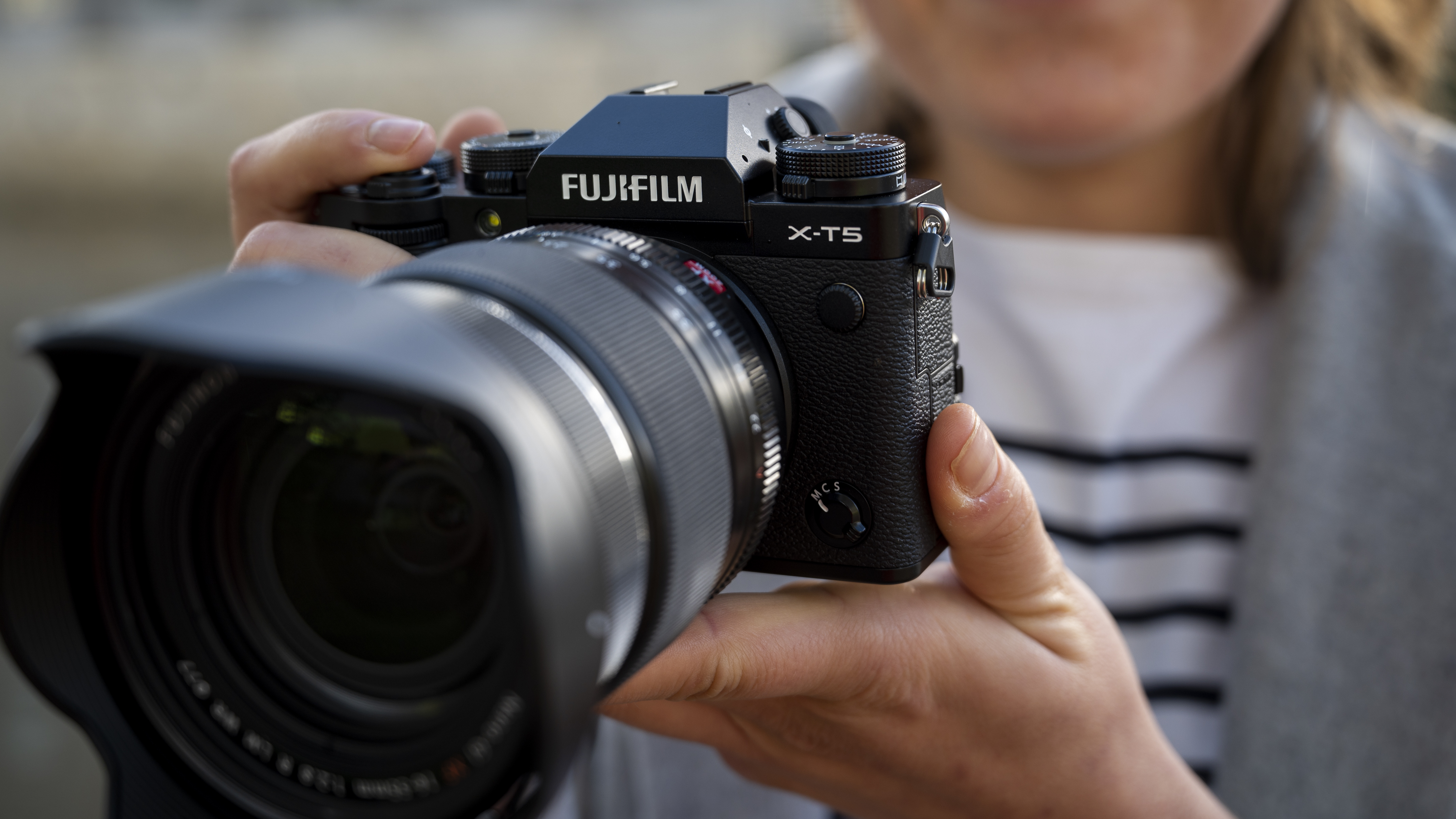
Specifications
Reasons to buy
Reasons to avoid
The Fujifilm X-T5 sets a new bar for Fujifilm's APS-C range, with its beautiful design and cutting-edge technology proving to be a match made in heaven. The 40MP sensor is not more detailed than ever, as is a BSI CMOS sensor for even better low light capabilities with better handling of ISO. The X-T5 has also been upgraded to up to 7 stops of in-body image stabilization for steadier shooting at night.
You may be interested in understanding the distinctions between the Fujifilm X-T5 and the X-H2, given that they share the same sensor and processor. The main difference lies in their ergonomics and design, with the X-H2 featuring a more modern layout with a top screen and the X-T5 equipped with more retro dials. Otherwise, both produce very similar results, and both cameras are compatible with Fujifilm X-mount lenses.
Read more: Fujifilm X-T5 review
Best iPhone for low light
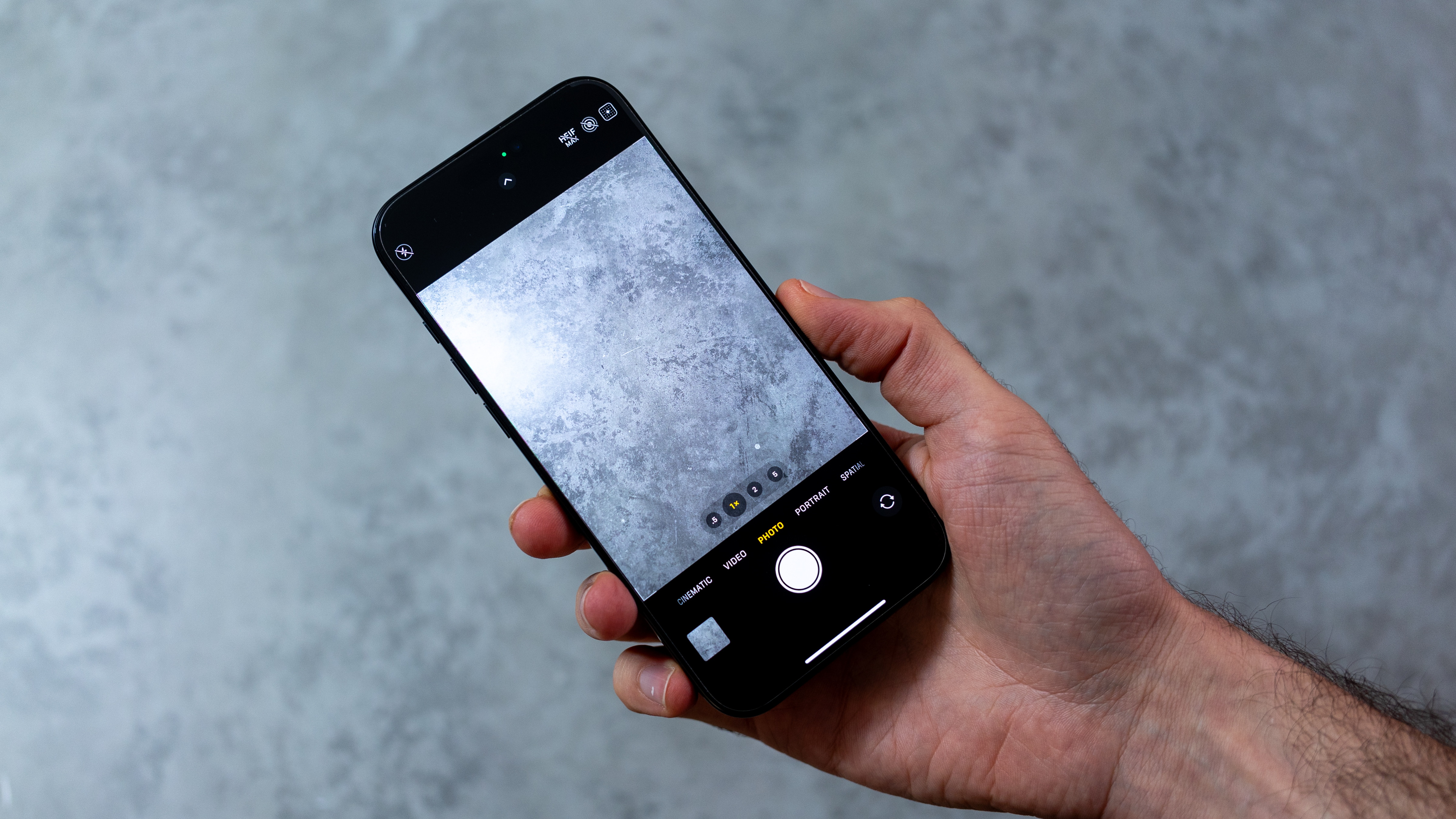
Specifications
Reasons to buy
Reasons to avoid
The camera on the iPhone 16 Pro Max is very good – but then, you knew that. iPhone cameras have been very good for a long time, and if you already have the iPhone 15 Pro Max (or a similarly recent iteration), this isn't any kind of radical upgrade that you should drop everything to acquire. However, if you are looking for an iPhone for low-light videos and photography, this is the best one.
Improved computational photography has made the 1-5x zoom on the iPhone 16 Pro Max much cleaner than it was previously, and it's much more possible to get useable telephoto shots in poor light conditions than it was before. It does require a steady hand, as we found in our review – you can't leave it all to the auto processing – but there's plenty of scope here for clean-looking low-light shots.
Also, if you don't mind doing some post-processing work on your shots, shooting in RAW or RAW Max is a great way to pull back detail in the shadows. Indeed, if anything you'll have the opposite problem – the auto exposure system tends to heavily favor the shadows over the highlights, which can cause some blowouts.
Read more: Apple iPhone 15 Pro Max review
Best DSLR for low light

Specifications
Reasons to buy
Reasons to avoid
Although you’d be forgiven for thinking that mirrorless has well and truly taken over, there’s still a lot to be said for DSLRs. Nikon’s once class-leading D850 has now dramatically reduced in price, making it a bit of a bargain in comparison to some of those featured here.
We’ve been saying all the way through this piece that high resolution is no friend to low-light photography, but here’s one camera that provides the exception to the rule.
With its high-resolution sensor it makes for a good all-rounder, while still putting in a good low-light performance thanks to a fast and sensitive AF system and a good expandable ISO range.
Many will prefer the handling of a DSLR compared to a mirrorless, while the lens range for DSLRs is still yet to be rivaled by their mirrorless counterparts. The big downside here is that there is no image stabilization in the body, so you’ll be relying on image-stabilized lenses for handheld shooting.
Read more: Nikon D850 review
Best compact camera for low light
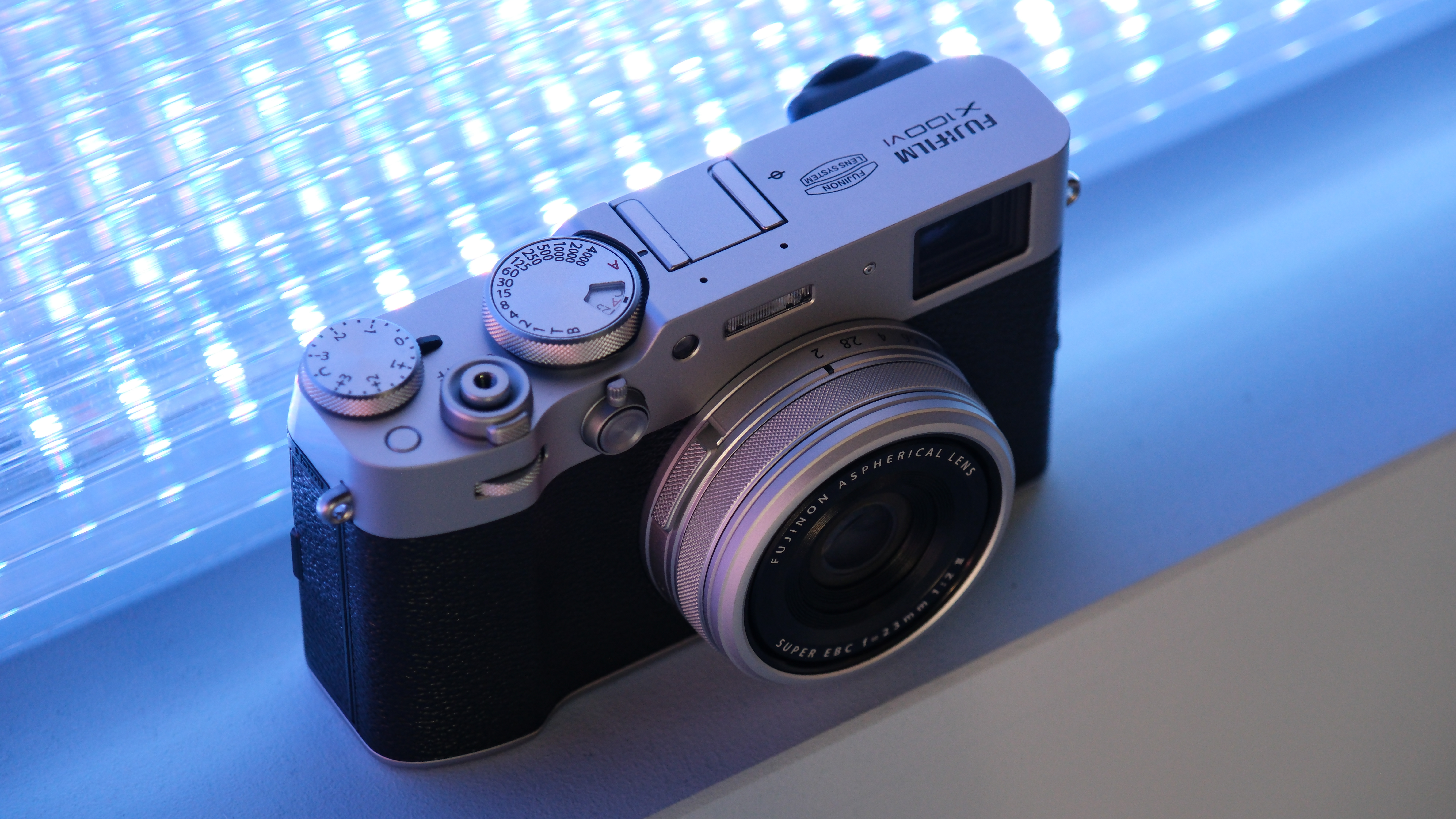
Specifications
Reasons to buy
Reasons to avoid
The much-awaited sequel to the stratospherically popular Fujifilm X100V, the X100VI has been in high demand around the globe. It's a tough camera to get hold of, and opportunistic scalpers have been busy flogging them for more than double the asking price (and finding people willing to pay!).
Still, if you can get one, the Fujifilm X100VI is an absolutely superb compact camera, and as we discovered when we took it on some night-time jaunts through the streets of Tokyo, it's also a beautiful performer in low light. The combination of a well-sized X Trans sensor, a stabilised f/2 lens and a selection of dynamic Film Simulation modes makes for a camera that produces brilliant results, again and again.
The key thing about these cameras – hard to convey with words and still images – is how they feel to use. Shooting with an X100 camera has always been brilliant, and the X100VI offers the best experience yet. If you're interested in low-light shooting because you like the idea of pounding night-time streets for atmospheric, neon-lit images, you'll be in absolute heaven with this compact camera. That is, if you can get your hands on it. Patience is a virtue, as they say.
Read more: Fujifilm X100VI review
Best rugged camera for low light
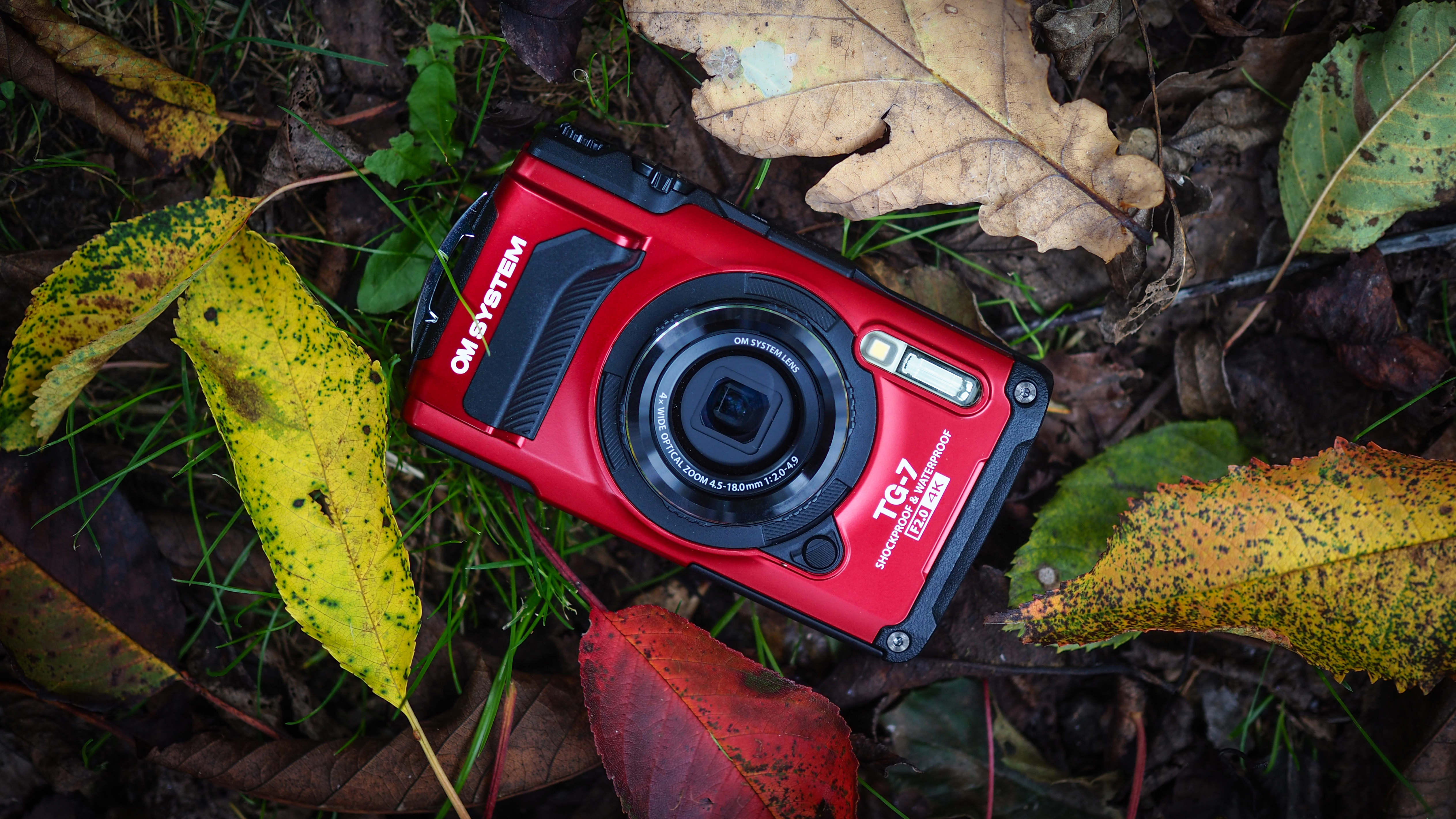
Specifications
Reasons to buy
Reasons to avoid
Yes, the OM System Tough TG-7 shares a lot of similarities with the Olympus Tough TG-6 – except for the fact that you can't buy the TG-6 any more, as it's been discontinued.
Sure the tech isn't cutting edge any more, but short of adding phase detect autofocus (which, let's be honest, isn't coming to a compact like this any time soon) or a higher resolution sensor (which previous Toughs have had, but traded up pixels for better low light performance) what more could we really ask for?
You're not buying this camera for a fancy autofocus system or millions of megapixels; you're buying this camera because you want to take great photos while you're swimming in the ocean, or while your kids are playing in the sand, or when you're hiking through the mud, or when you might drop it on some rocks, or when you're in the freezing snow or the middle of the desert.
The OM System Tough TG-7 remains the best everything-proof camera on the market, and is an essential all-round compact camera for vacations, adventures, travel and everyday photography.
Read more: Olympus Tough TG-7 review
How to choose the best low light camera
Image Stabilization A lot of modern mirrorless cameras come with in-body image stabilization (IBIS) which helps to not only keep video footage smooth but enables you to shoot at slower shutter speeds and still capture sharp images. Some lenses will come with stabilization on the lend but stabilization on the camera is much better. Often both stabilization will work together to make sure you get the sharpest images possible.
High ISO capabilities Cameras that have bigger ISO ranges will operate better in low light conditions as you'll be able to shoot at higher ISO's without having too much noise in your image. The general rule of thumb is the lower the ISO the cleaner your images will be which is why people shooting in broad daylight like to shoot at around ISO 200-400. However, modern cameras are incredible at minimizing noise, even shooting as high as ISO 10 000; on something like the Sony A7 III you can create passable images with a little bit of noise reduction in post-processing.
Lenses Most of the cameras we've included are interchangeable lens cameras. This is because the lens you choose often determines how much light can be let in based on the maximum aperture. You'll want a lens that has a wide aperture of f/1.4-f/2.8 if you want to shoot mostly hand-held. Of course, if you're planning on shooting night skies for example, you'll be shooting using a tripod and bulb mode so the aperture doesn't matter so much as you'll be letting a lot of light in with super long shutter speeds.
Remote control apps Lots of modern cameras can be triggered from your smartphone. If you’re mounting your camera on a tripod and are shooting low-light street and landscape scenes, this can be incredibly useful to avoid camera shake and to save you spending money on a remote release.
How we test low light cameras
We test mirrorless and DSLR cameras both in real-world shooting scenarios and in carefully controlled lab conditions. Our lab tests measure resolution, dynamic range and signal to noise ratio. Resolution is measured using ISO resolution charts, dynamic range is measured using DxO Analyzer test equipment and DxO Analyzer is also used for noise analysis across the camera's ISO range. We use these real-world testing and lab results to inform our comments in buying guides. For compact cameras and phones, we judge on real world handling and photographic results alone.
FAQs
Do you need a full-frame sensor for low light?
A full-frame sensor can be an asset for shooting in low light, but it's not a requirement.
The general rule is that the bigger the sensor, the better equipped it is for low-light scenarios. This is because it has a bigger surface area so it can capture more light but it's not quite as simple as that. While there are a lot of full-frame cameras in our guide, cameras with back-illuminated sensors tend to perform best in low-light conditions. You also need to take into account the pixel count as cameras with a smaller pixel count use larger individual pixels so they are better at gathering light information.
That being said, you can get excellent APS-C cameras in low-light. You just need to weigh up what is most important to you in a camera system. Cropped sensor cameras are often smaller, lighter, more portable, and have smaller lenses so if you intend to travel a lot or have it on you at all times, it might be an idea to think about that too. There are also Micro Four Thirds cameras that perform well in low light, and even compacts with 1/2.3-inch sensors can do well in the right circumstances. We've included all of the above in our guide.
What camera settings should I use for low light?
Shooting in low light is all about getting the most out of whatever light is available to you. Settings-wise, you want to use the widest aperture setting possible, meaning the smallest f-number – f/2, f/1.8, f/1.4 or wider. This opens up the iris to let in as much light as possible.
You want to use the longest shutter speed you can get away with. If you're using a stable tripod and your subject isn't moving then this can be as long as you want it to – if you're shooting handheld, this will depend on a number of factors. The conventional rule used to be that the minimum shutter speed you could get away with using handheld would correspond to your lens' focal length – so if you were using a 50mm lens, 1/50sec, or 1/200sec for a 200mm lens, etc. However, modern stabilisation systems have changed the game, and in testing we've found ourselves able to capture sharp images on speeds as slow as 1/15sec. It'll depend on your camera.
ISO is a similar story – pushing it up will improve your results, at the cost of increased image noise, and different cameras handle noise different. An image shot at 6400 on a compact camera with a 1/2.3-inch sensor will look very different to one shot at 6400 on a full-frame mirrorless model. So you'll want to use the highest ISO setting your camera offers that doesn't seriously compromise your images – it's worth experimenting to get a feel for what you're comfortable with.
Get the Digital Camera World Newsletter
The best camera deals, reviews, product advice, and unmissable photography news, direct to your inbox!
Jon spent years at IPC Media writing features, news, reviews and other photography content for publications such as Amateur Photographer and What Digital Camera in both print and digital form. With his additional experience for outlets like Photomonitor, this makes Jon one of our go-to specialists when it comes to all aspects of photography, from cameras and action cameras to lenses and memory cards, flash diffusers and triggers, batteries and memory cards, selfie sticks and gimbals, and much more besides.
An NCTJ-qualified journalist, he has also contributed to Shortlist, The Skinny, ThreeWeeks Edinburgh, The Guardian, Trusted Reviews, CreativeBLOQ, and probably quite a few others I’ve forgotten.
- Sebastian OakleyEcommerce Editor
